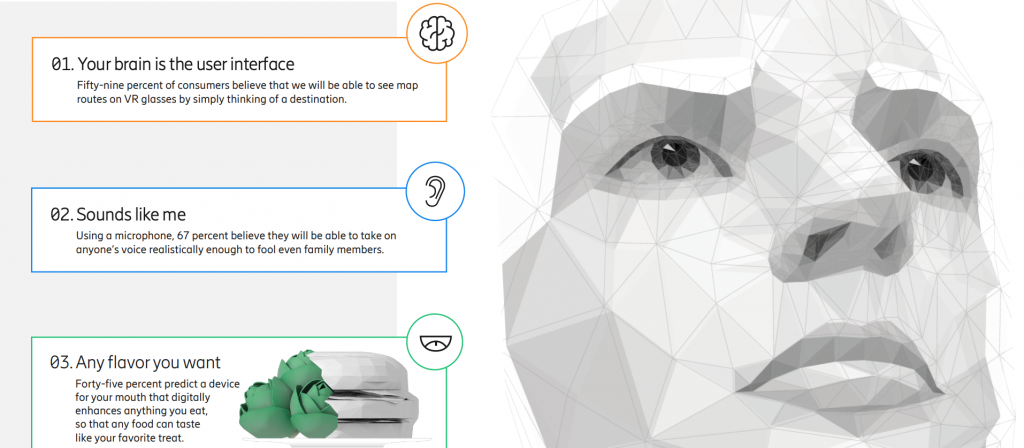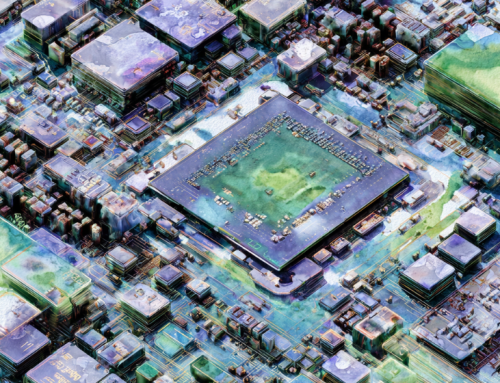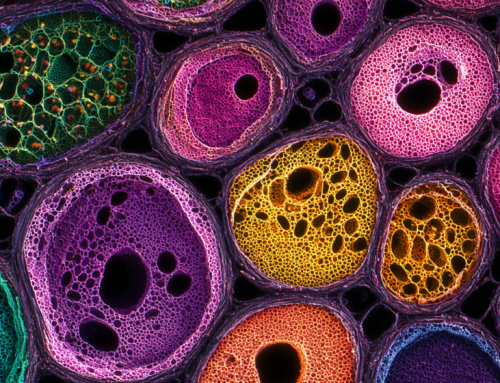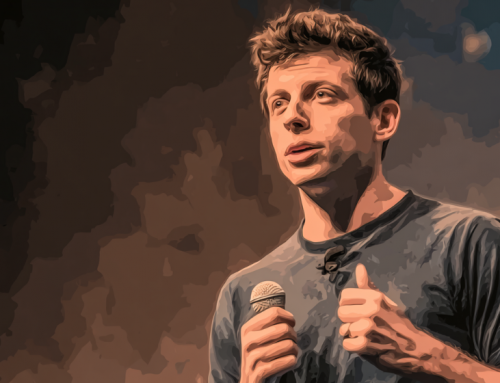
An Ericsson ConsumerLab survey of early adopters worldwide included several intriguing predictions of what to expect in technology within 10 years. (Source: Ericsson ConsumerLab)
Ericsson ConsumerLab Predictions Include Brain Interfaces, Use of Senses in Technology
The year 2020 is almost over, but what’s next in tech? Ericson ConsumerLab asked that question and an article by InterestingEngineering.com reveals some of the advances expected to be commonplace by 2030.
Back in 1999, the Internet of Things was a phrase first used by Kevin Ashton; later followed by Augmented Reality (AR), Virtual Reality (VR), and haptics. In the coming decade, Ericsson ConsumerLab compiled predictions for the hottest Consumer Trends, including the Internet of Senses (IoS) in 5G-enabled online experiences, especially for video gamers and online shoppers.
The ninth edition of Ericsson ConsumerLab’s 10 Hot Consumer Trends report was based on the early adopter user perspective. The aim is to show consumers who expect an array of beneficial services from connected technology how they will be able to interact with the senses of sight, sound, taste, smell, and touch, all of which will become a mainstream reality by 2030.
Ericsson ConsumerLab says this will be enabled by technologies such as Artificial Intelligence (AI), Virtual Reality (VR), Augmented Reality (AR), 5G, and automation. The main drivers for the Internet of Senses include immersive entertainment, as well as online shopping, the climate crisis and minimizing climate impact.
The report is based on an online survey of residents in Bangkok, Delhi, Jakarta, Johannesburg, London, Mexico City, Moscow, New York, San Francisco, São Paulo, Shanghai, Singapore, Stockholm, Sydney, and Tokyo; and it was carried out in October 2019.
The sample consists of at least 500 respondents from each city, 12,590 respondents were contacted in total, out of whom 7,608 qualified. The respondents were aged 15 to 69; at the time of the survey, they were either regular users of Augmented Reality (AR), Virtual Reality (VR), or virtual assistants, or who intend to use these technologies in the future.
10 Trends
Trend 1: Your brain is the user interface
Fifty-nine percent of consumers believe that we will be able to see map routes on VR glasses by simply thinking of a destination
Trend 2: Sounds like me
Using a microphone, 67 percent believe they will be able to take on anyone’s voice realistically enough to fool even family members
Trend 3: Any flavor you want
Forty-five percent predict a device for your mouth that digitally enhances anything you eat so that any food can taste like your favorite treat
Trend 4: Digital aroma
Around six in 10 expect to be able to digitally visit forests or the countryside, including experiencing all the natural smells of those places
Trend 5: Total touch
More than six in 10 expect smartphones with screens that convey the shape and texture of the digital icons and buttons they are pressing
Trend 6: Merged reality
VR game worlds are predicted by seven in 10 to be indistinguishable from physical reality by 2030.
Trend 7: Verified as real
Fake news could be finished — half of the respondents say news reporting services that feature extensive fact checks will be popular by 2030.
Trend 8: Post-privacy consumers
Half of the respondents are post-privacy consumers — meaning they expect privacy issues to be fully resolved so they can safely reap the benefits of a data-driven world.
Trend 9: Connected sustainability
Internet of senses-based services will make society more environmentally sustainable, according to six in 10.
Trend 10: Sensational services
Forty-five percent of consumers anticipate digital malls allowing them to use all five senses when shopping.
The Internet of Senses will enable exciting applications, many of which we have already seen in science fiction films. Look for 2021 to be the start of big new ideas becoming reality.
read more at interestingengineering.com







Leave A Comment